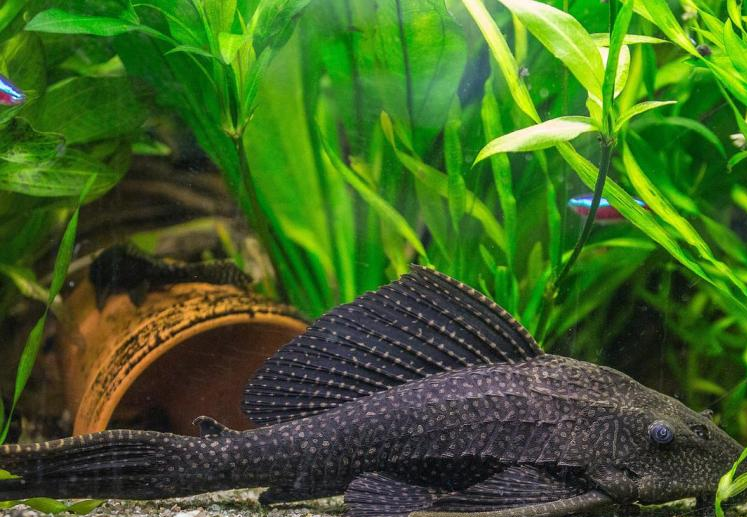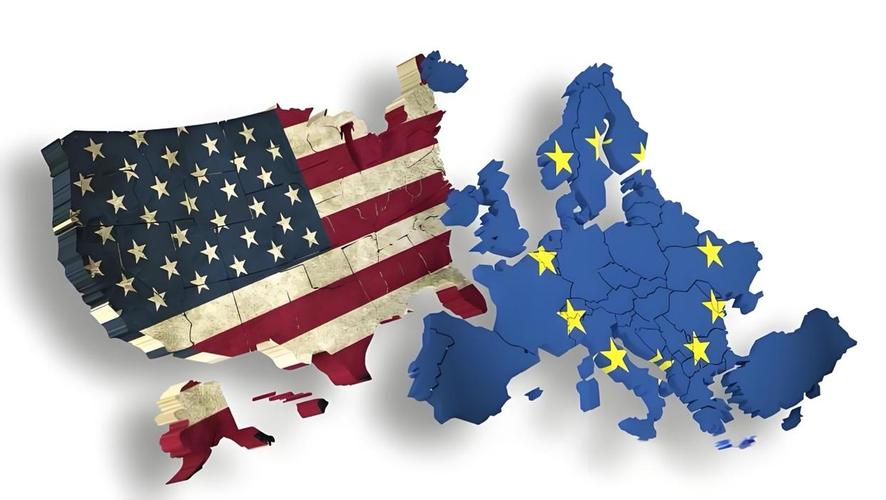
Marine experts in Malaysia have urged people not to eat scavenger fish because it comes from some of the most polluted rivers.
Suckermouth catfish (ikan bandaraya in Malaysia) are also known as sucker fish, anglerrat fish, garbage fish, and suckermouth catfish; It is a benthic fish belonging to the subfamily Hypomorhynchidae, native to the Amazon River basin in South America.
According to The Star, Malaysian authorities have declared war on the invasive species, saying that scavengers like to dig holes, which can damage river banks and cause soil erosion. But the omnivorous fish, which are highly tolerant of water pollution, has become an increasingly prized delicacy and a hot spot on social media.
Experts are sounding the alarm because scavenger fish thrive in polluted waters, sucking up pollutants such as heavy metals.
Azmai, a professor at the Institute of Biological Sciences at the University of Botra in Malaysia, said in an interview that the scavengers have thick skin and tough, little meat, no natural enemies in Malaysian waters, and are often found in muddy rivers.
Because of the fish's thick skin, other fish are reluctant to eat it, which allows it to reproduce freely, he said.
Azmai said: "Many people are promoting the scavenger fish satay on social media. In general, all fish can be eaten, the problem is where to catch them. If it comes from clean, clear water, there's no problem. But in the Klang Valley, the rivers are polluted and there are a lot of parasites and other contaminants in the water, and we do not recommend eating scavenger fish caught in these areas."
Prof Ahmad, a biodiversity expert from the School of Science and Marine Environment at Universiti Terengganu Malaysia, echoed this view, warning of potential health risks in the scavengers' habitat.
"The fish feeds on algae and moss, which absorb contaminants at the bottom of the food chain. If we eat scavenger fish, we're indirectly ingesting these pollutants."

Since 2025, the conflict between the United States and Europe over the governance of the digital economy has continued to escalate.
Since 2025, the conflict between the United States and Euro…
When German Chancellor Mertz officially announced that he w…
On December 3rd local time, the copper price on the London …
The European Commission announced a new economic security s…
The European Commission announced a new economic security s…
For nearly a year, US President Donald Trump has launched a…